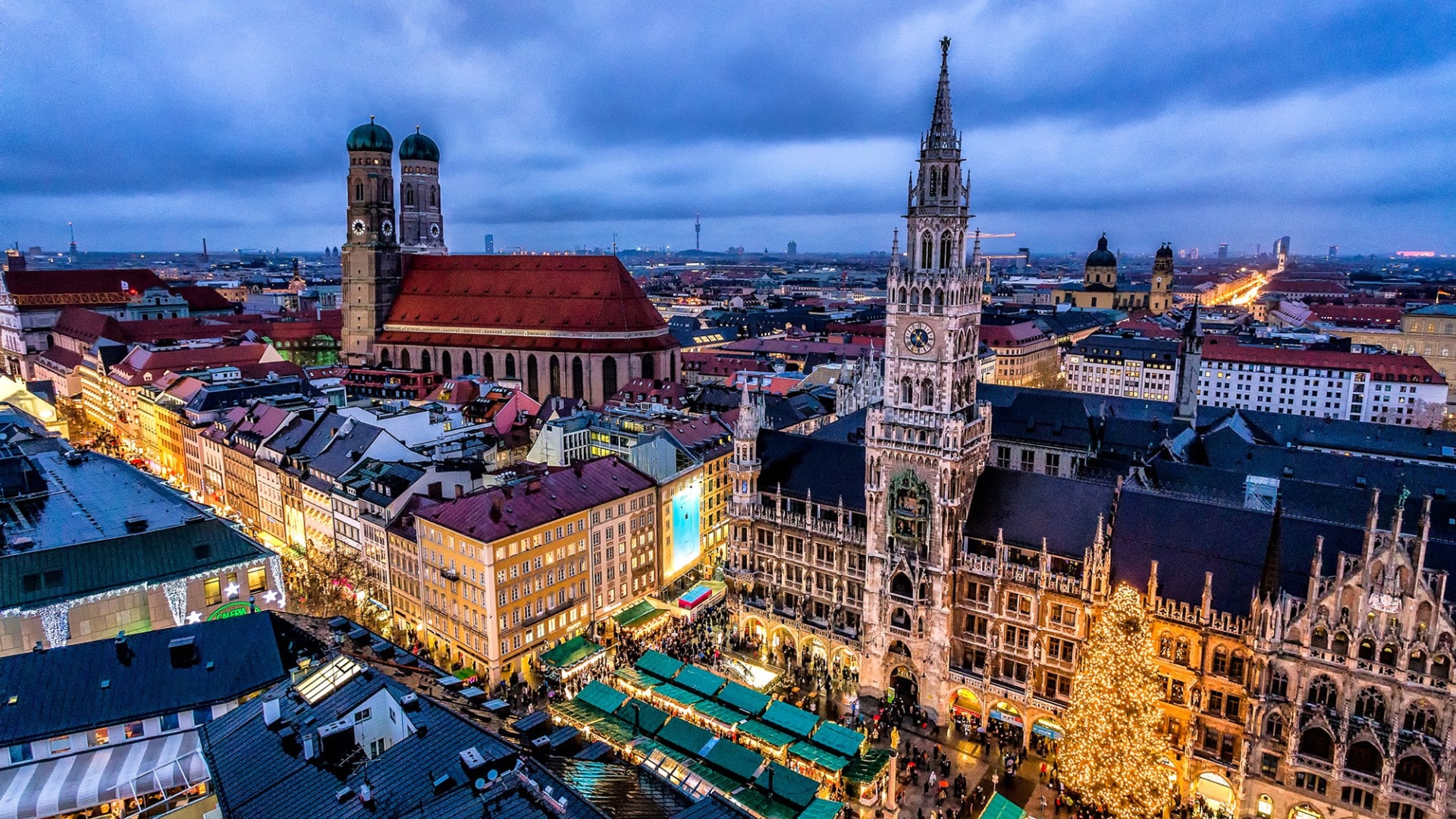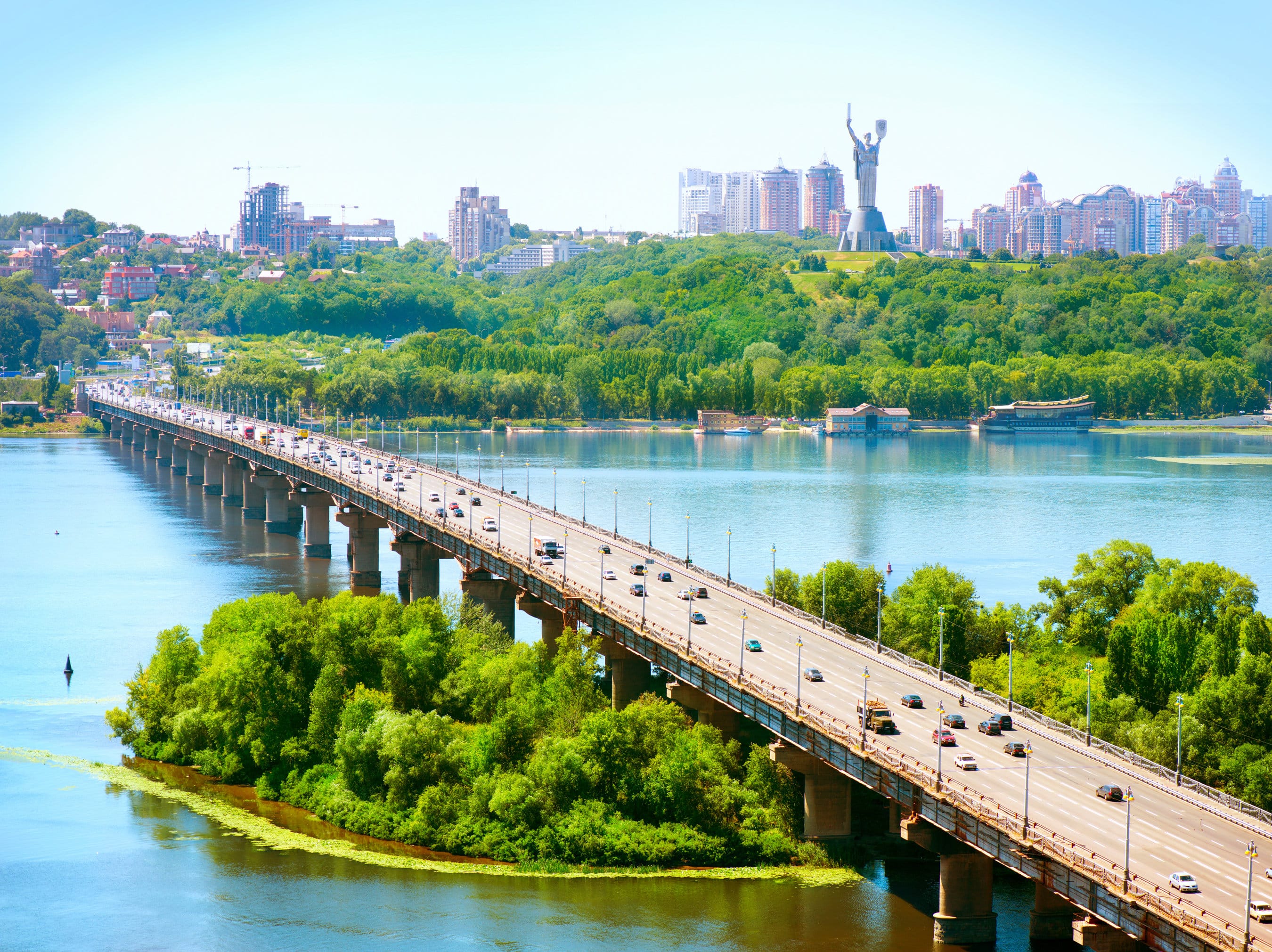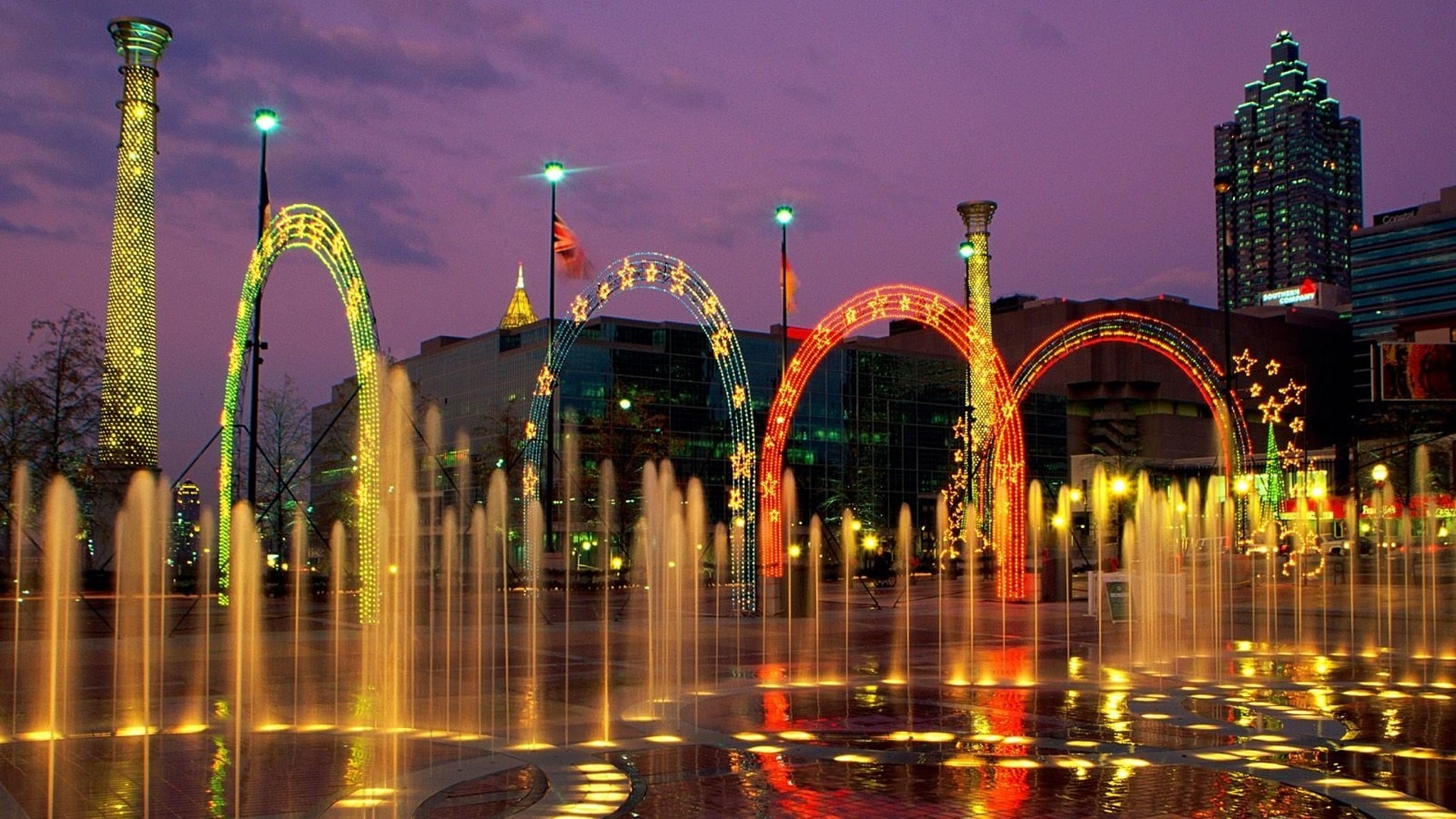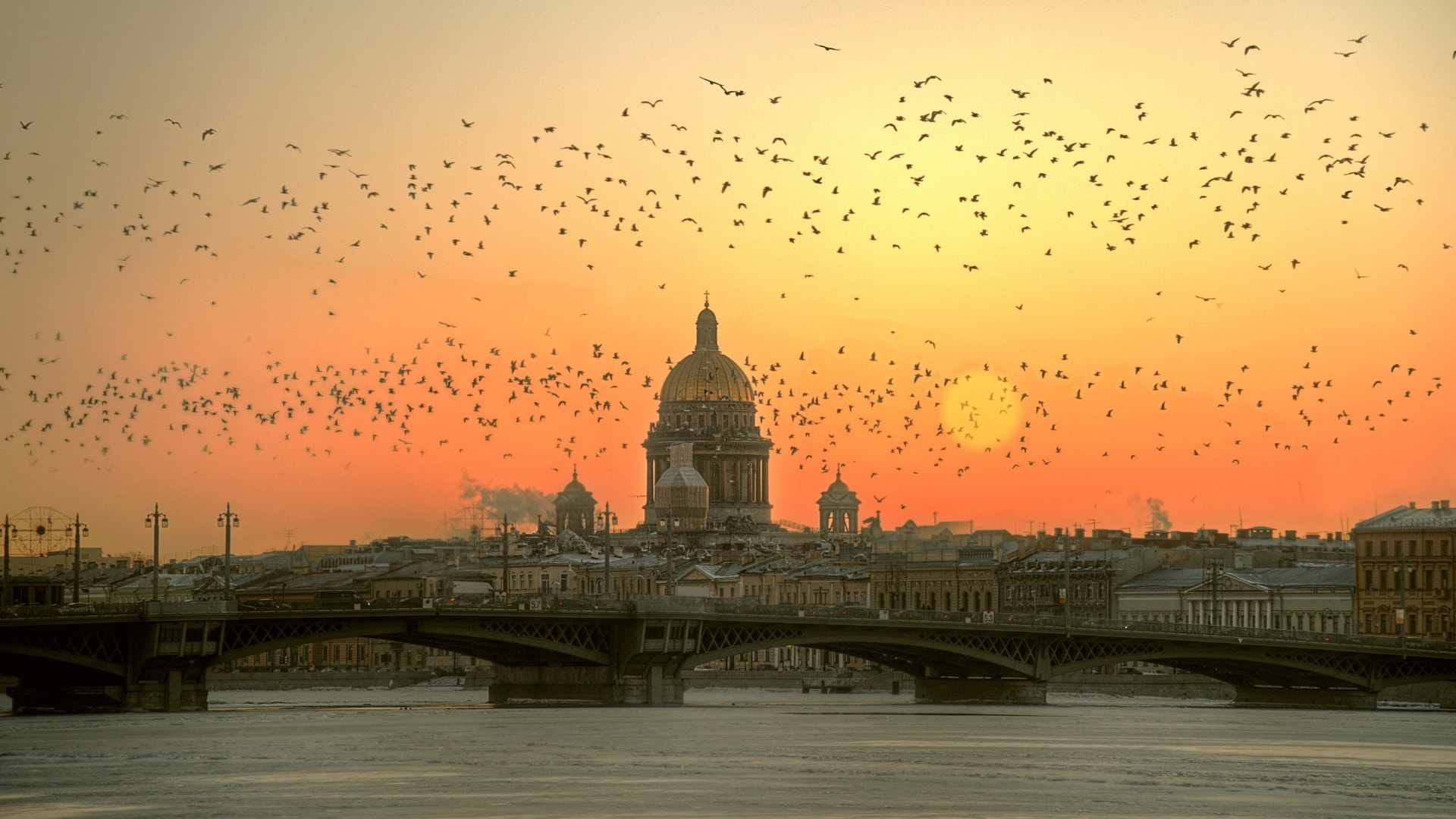
Munich




















Munich wallpapers for your PC, Android Device, Iphone or Tablet PC. If you want to download Munich High Quality wallpapers for your desktop, please download this wallpapers above and click «set as desktop background». You can share this wallpaper in social networks, we will be very grateful to you.
Munich – one of the most dynamic and exciting cities in Germany. Here everyone will find something for everyone – from visiting the most interesting museums to have fun in the beer restaurants. The atmosphere in the city of amazing – international, but at the same time not devoid of provincial charm.
The first settlements in the district of Munich appeared in Roman times. In the VIII century, the Benedictine monks were given the right to establish their settlement here, called Munichen – “city of the monks.” In 1158, Duke Henry the Lion ordered to build a wooden bridge, so that trade in these places was under his control. The village turned into a fortress, stronghold – the city and in 1180, he was even temporarily proclaimed the capital of the German Reich. In 1503, Munich became the capital of the Duchy of Bavaria. In the XIX century in the city of the University, and they brought the railroad was built, which contributed to its unprecedented rise. The turn of XIX – XX centuries was to Munich “Golden Age”. It has become a major cultural and scientific city, the center of avant-garde and the cradle of German Modernism. In 1972, the Munich Olympic Games were held, in connection with which the city comprehensive program on reconstruction has been spent.
In Munich a variety of attractions. In the old town survived three of the seven city gates: Karls (Karls), Sendlinger (Sendlinger) and Isar (Isar), built in the XIV century. Other medieval monuments include the Frauenkirche (Frauenkirche) and the Old Town Hall (XV century). Two massive towers of the Frauenkirche became a symbol of the city.
The oldest church is St. Peter’s Church (Peterskirche), XII century. Since its observation deck height of 91 meters offers a magnificent view over Munich.
Most of the buildings in the old town built in the Baroque and Rococo styles. Among them – the church Theatinerkirche (Theatinekirche) XVII Century and the church marianistov (XVIII century). The most magnificent buildings in the Rococo style is the National Theatre and the Palace Bavaria Nymphenburg (Nymphenburg). Nymphenburg Palace was the summer residence of Bavarian kings. This castle was born King Ludwig II-nd Bavarian. Striking in its beauty of the interior of the palace, a gallery of Ludwig II-th, a spacious park with canals, lakes and hidden deep in the small garden palaces – all this makes the palace one of the most visited places in Germany.
Munich city center is the Marienplatz square (Marienplatz), near which is “Fish Fountain” (Fischbrunnen) – a favorite meeting place. His name area owes Mary column, which was erected in the center of the square Humbert Gerhard in 1638 in honor of the patron saint of Bavaria. Four winged figures, which were originally created for the fountain represent the victims of the plague, war, famine, and heresy.
At Marienplatz is built on the orders of Ludwig I of New Town Hall. The central part of this building in neo-gothic style forms the 85-meter tower with a favorite Munich chimes. Facade of the New Town Hall about 100 meters long is decorated with figures and ornaments of the Bavarian dukes, princes, kings, legendary figures and saints. Courtyards are arranged following the example of gothic castles and courtyards are helical tower ladder and step ladder with spacious grounds.
Nearby is the Old Town Hall, the building in which the toy museum is located today. Another symbol of Munich is a huge palace of the Wittelsbach dynasty, “the Munich Residence” (Residenz). Swedish King Carl Gustaf was so fascinated by them that I wanted to take him entirely to his homeland. At present, the palace houses the Museum, State Collection of Egyptian Art, the Royal treasury Kyuvele Theatre, Concert Hall of Hercules.
Individual attention, Munich museum. The most famous among them are Glipoteka Munich, which is one of the best collections of statues of Greek and Roman eras; Alte Pinakothek, which brings together 800 masterpieces by European artists from the Middle Ages until the end of the Rococo; Neue Pinakothek, storing 550 paintings and 50 sculptures of the period between the Rococo and Art Nouveau; Deutsches Museum, one of the most interesting and favorite natural science and technology museums in the world, where an area of 50 000 sq. m constantly working for more than 50 exhibitions devoted to the most different fields of science; Lenbachhaus (Lenbachhaus) with its collection of works by Kandinsky. Collectors will have great pleasure in visiting the Centre extraordinary collections (collections of padlocks, corkscrews, chamber pots, pedal cars, the Easter hare, vials of perfume, etc.).
After touring the many attractions you can relax in the English Garden, the first public park, which is now one of the largest and most beautiful in the world, or stroll through the shopping streets.
In the north of Munich is the Olympic Park, a huge Olympic Stadium and Olympic Tower 290 meters high, with a wonderful view of the city.
Once a year in Munich for three weeks becomes the world capital of drunken fun – at the end of September and beginning of October there passes a beer festival, the Oktoberfest (Oktoberfest). For the first time this holiday was celebrated in 1810 in connection with the wedding of Prince Ludwig and Princess Therese. Over time, this day was also the agricultural exhibition held, where visitors can quench their thirst with beer, sold in trays. Every year the trays becoming more and more, and in 1896 the first pavilion was built. Today, Oktoberfest is one of the largest festivals in the world, it is visited annually by about 6 million people.
Not far from Munich are stunning in their beauty of Lake Starnberg (Starnberg) and Königssee (Königssee), srednevekovyve locks Noyshvanshteyn (Neuschwanstein) and Blutenburg (Blutenburg), open-air museum – a village Glentleyten (Glentleiten), where you can get acquainted with the way of life in the Alps .







No Comment